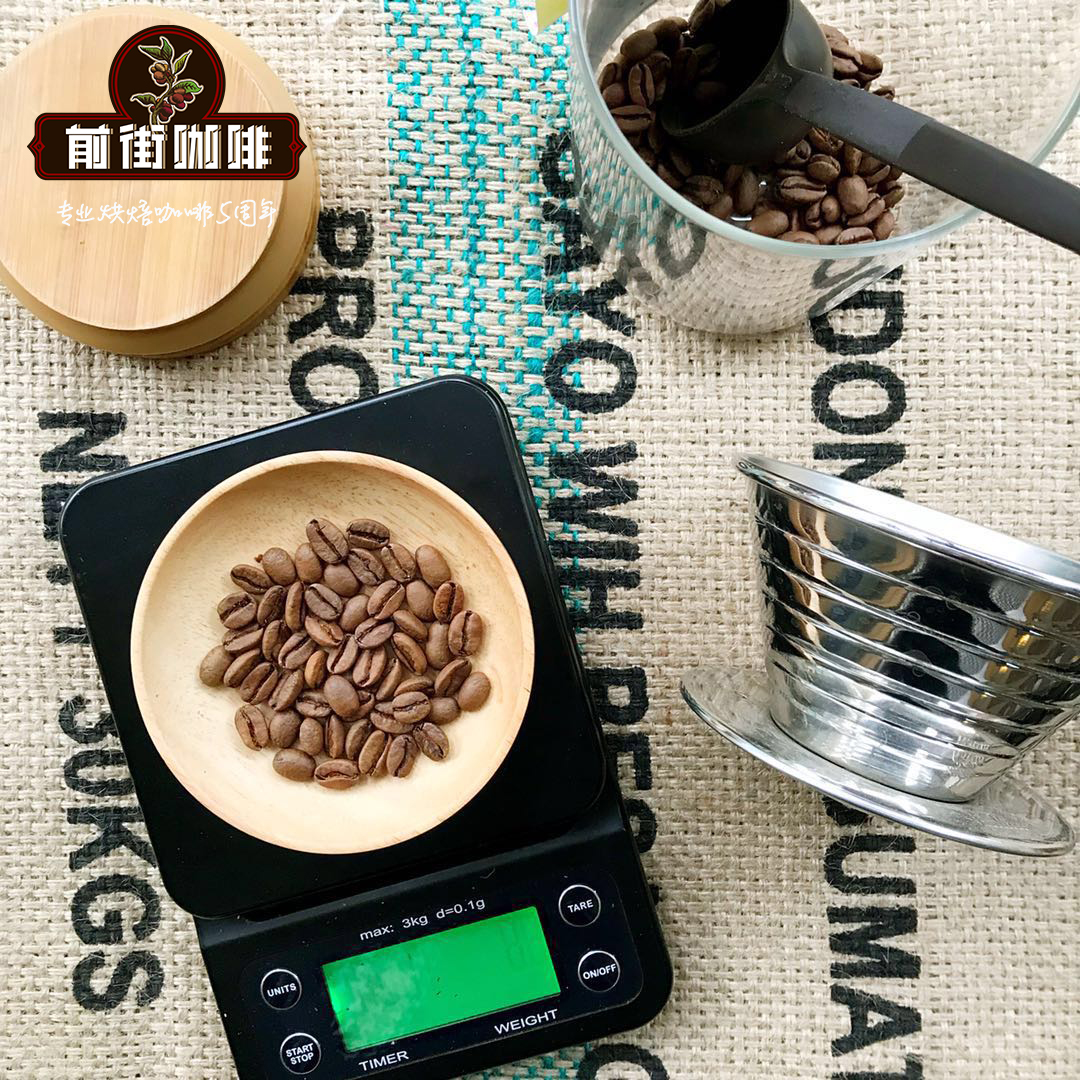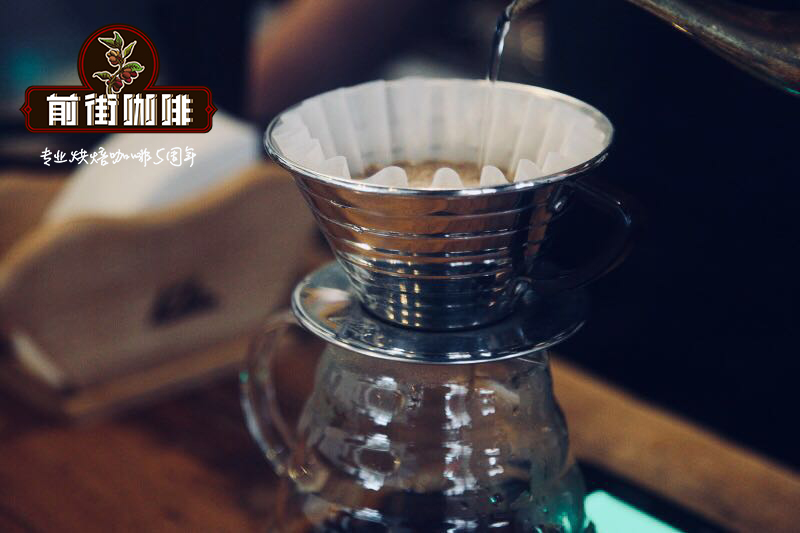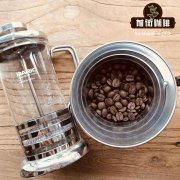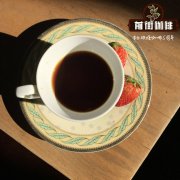What is Vietnamese coffee? What kind of coffee beans are mainly grown in Vietnamese coffee?

Professional coffee knowledge exchange more coffee bean information please follow the coffee workshop (Wechat official account cafe_style)
When it comes to the origin of coffee, Vietnam does not seem to have the top beans in the world, but in terms of world coffee output, Vietnam has always been the leader in terms of world coffee output. In recent years, Vietnam has not only firmly ranked in the top several, but also jumped to become the world's largest coffee exporter in 2012, surpassing Brazil, which has always been the world's largest exporter.
The territory of Vietnam is long and narrow, and the climate varies greatly from south to north due to latitude and topography.
Because of the temperate climate in the northern mountains, Arabica can be planted in the north, but the yield is not much.
The southern part of the country has a tropical monsoon climate, mainly planting Robusta, commonly known as sturdy beans, or Luodou. It is also the main export force of Vietnamese coffee. As long as the coffee production season arrives, the whole coffee flowers bloom and become white, which is also very beautiful.
In the past, Robasta, the main force of coffee cultivation in Vietnam, had a popular flavor, but it was easy to grow and did not need to be taken care of carefully. in addition, the technology of ordinary Vietnamese coffee farmers was not high, so the quality of Luodou produced was naturally poor and the flavor was not good, so it was widely used to roast until the end of the second explosion, and the beans did not come out until they were scorched black and the bean surface was full of oil. The beans are severely carbonized, leaving only the bitter smell of coffee, and in order to increase the aroma, they are roasted with cream, so Vietnamese beans have a strong creamy aroma and have a creamy sticky feeling in their hands, but this still does not make coffee delicious. If you take a bean and chew it in your mouth, you will feel the taste of cream or milk powder at first, but it is still only the smell of bitter coffee.
Vietnam will grow Luoda out of a large banking project aimed at bringing Vietnam into the global economy. However, due to the poor quality, the market is flooded with a large number of cheap Vietnamese beans, which once plunged the world into a coffee price crisis. (this passage is from Dean. Saikang's work: dispatch from Coffee producing areas: X40,000 km in 9 countries, a traceability record of a human rights lawyer. )
The taste of beans is not good, it is difficult to bite the throat, and the income of Vietnamese civilians is generally not high. It is an M-shaped society. The most economical and simple seasoning method is to add condensed milk to cover up the shortcomings of poor flavor of beans. That is today's unique way of drinking Vietnamese coffee.
The culture of drinking coffee in Vietnam was introduced by French missionaries in the early days of French colonization, and then influenced Vietnam far-reaching until now, and became a part of the life of the Vietnamese people. This Vietnamese coffee pot, which can be seen everywhere in the streets of Vietnam, is derived from the way coffee was made in France in the past.

Important Notice :
前街咖啡 FrontStreet Coffee has moved to new addredd:
FrontStreet Coffee Address: 315,Donghua East Road,GuangZhou
Tel:020 38364473
- Prev

Vietnamese Coffee-five answers to the Secrets of Vietnamese Coffee
Professional coffee knowledge exchange more coffee bean information please follow the coffee workshop (Wechat official account cafe_style) 1. Why is Vietnamese coffee different from the usual Western-style coffee? This is because the varieties of coffee beans produced in Vietnam are mainly Robusta, while most of the Western-style coffee that you drink is made from Arabica beans from Brazil. The weather in Vietnam is hot and humid.
- Next

Kivubelt, Gihombo Murundo Coffee processing Plant, Bourbon | Nyamasheke, Rwanda
Professional coffee knowledge exchange more coffee bean information please follow the coffee workshop (Wechat official account cafe_style) Rwanda bourbon | Nyamasheke production area Gihombo Murundo coffee processing factory Kivubelt coffee flavor? Murundo CWS is Teuscher Invest Ltd. One of the two wet mills we own. The company produces, processes and produces coffee under the trademark Kivubelt.
Related
- Detailed explanation of Jadeite planting Land in Panamanian Jadeite Manor introduction to the grading system of Jadeite competitive bidding, Red bid, Green bid and Rose Summer
- Story of Coffee planting in Brenka region of Costa Rica Stonehenge Manor anaerobic heavy honey treatment of flavor mouth
- What's on the barrel of Blue Mountain Coffee beans?
- Can American coffee also pull flowers? How to use hot American style to pull out a good-looking pattern?
- Can you make a cold extract with coffee beans? What is the right proportion for cold-extracted coffee formula?
- Indonesian PWN Gold Mandrine Coffee Origin Features Flavor How to Chong? Mandolin coffee is American.
- A brief introduction to the flavor characteristics of Brazilian yellow bourbon coffee beans
- What is the effect of different water quality on the flavor of cold-extracted coffee? What kind of water is best for brewing coffee?
- Why do you think of Rose Summer whenever you mention Panamanian coffee?
- Introduction to the characteristics of authentic blue mountain coffee bean producing areas? What is the CIB Coffee Authority in Jamaica?

